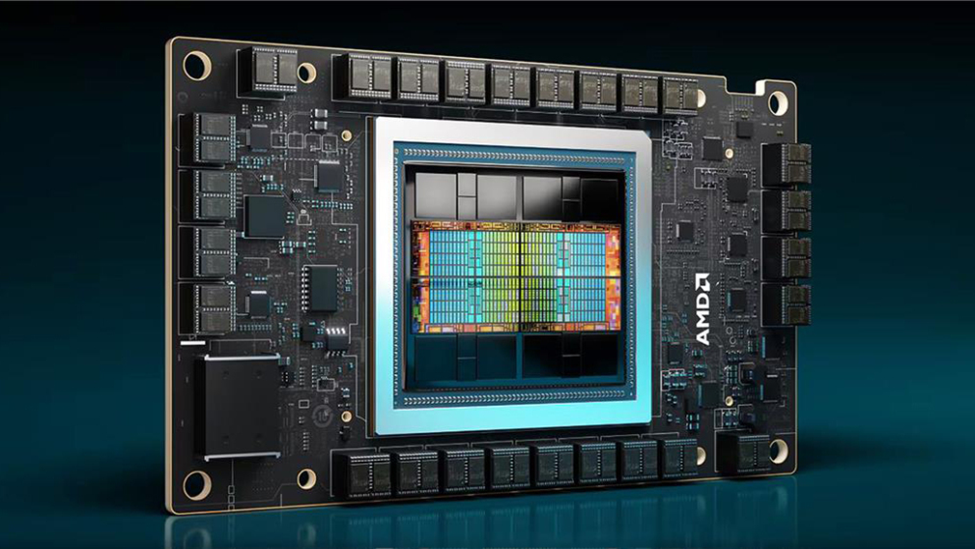AMD announced at IFA 2024 plans to merge its RDNA (consumer) and CDNA (data center) architectures into a unified UDNA microarchitecture. This move aims to simplify development, enhance performance across applications, and better compete with Nvidia’s CUDA ecosystem. The upcoming RDNA 4 and current MI300 CDNA 3 GPUs may be the last to use separate designations. UDNA represents a significant shift in AMD’s GPU strategy, focusing on streamlining development and improving competitiveness across various computing sectors.

AMD’s Jack Huynh, senior vice president and general manager of the Computing and Graphics Business Group, revealed at IFA 2024 that the company plans to merge its consumer-oriented RDNA and its data center-focused CDNA architectures into a single microarchitecture called UDNA. This unified architecture aims to combine the strengths of both RDNA and CDNA, streamlining AMD’s graphics processing unit (GPU) development and potentially enhancing performance and efficiency across various applications. Huynh emphasized that while the initial split allowed for specific optimizations, AMD’s growing data center business requires a unified approach to scale its developer base.
In 2019, AMD transitioned away from its GCN microarchitecture, opting to split its graphics designs into two distinct architectures. RDNA was developed for gaming products aimed at the consumer market, while CDNA focused on compute-centric workloads like AI and high-performance computing (HPC) in data centers.
AMD’s decision to unify its GPU architectures, reversing the 2019 split of the GPU architectures, will make the forthcoming RDNA 4 GPUs, and the current MI300 CDNA 3 GPUs, the final products with those designations. The move towards UDNA represents a significant shift in AMD’s GPU strategy, aiming to streamline development and enhance competitiveness across various computing sectors.
This is not a trivial or easy decision. AMD and Xilinx have invested a lot of R&D, engineering, and marketing money in establishing these two architectures. And now they will flush all that in the hope that a unified architecture will put them in a better position to compete with Nvidia.
So, will AMD abandon chiplets and go to mega chips like Nvidia? And what will the matrix process be named? I can’t see TPU, that’s taken. NPU is used elsewhere. So, yet another processor acronym is going to be needed. Well, there’s plenty of time. It’s unlikely that any UDNA chips will be available for at least a year or maybe two.